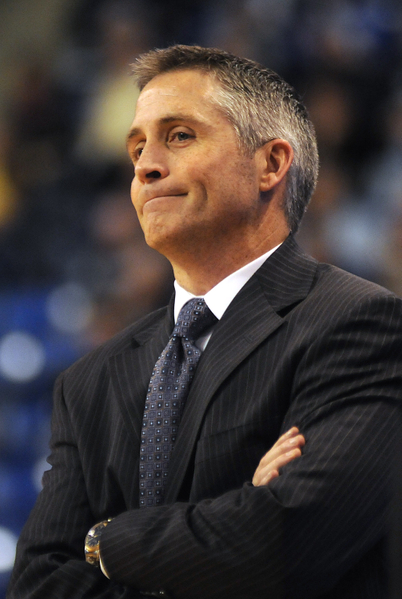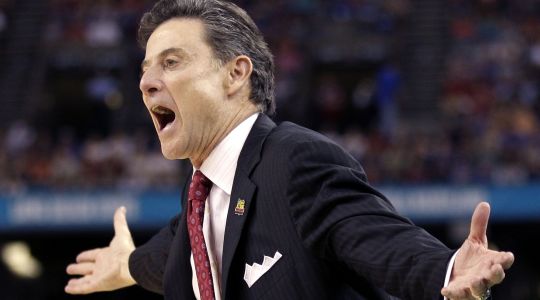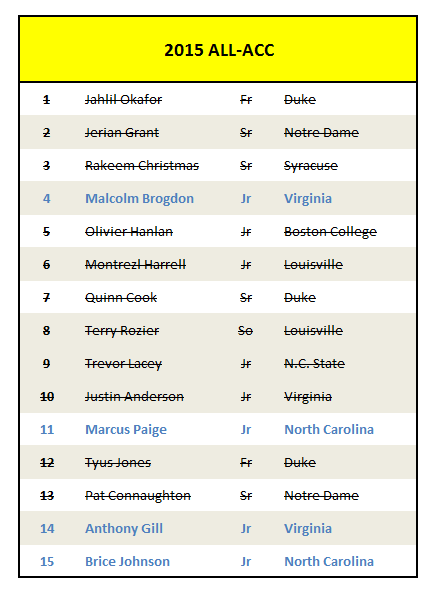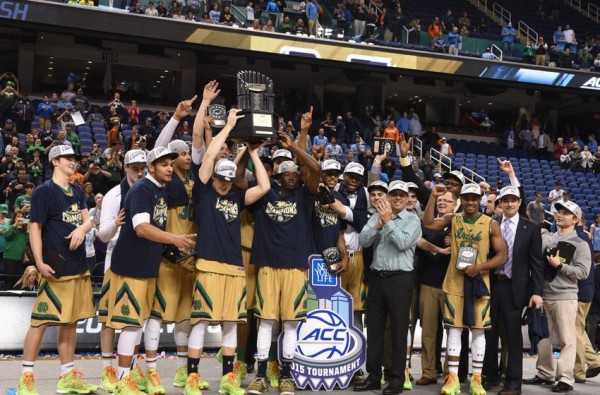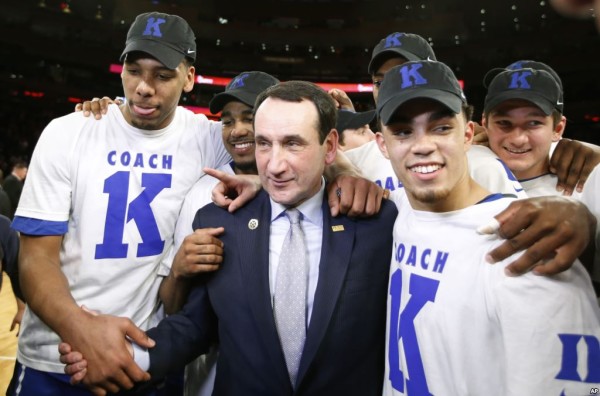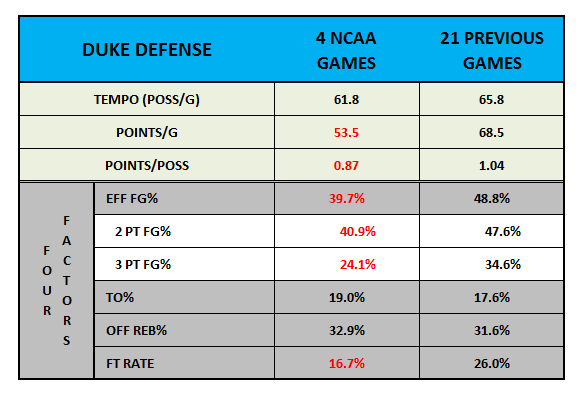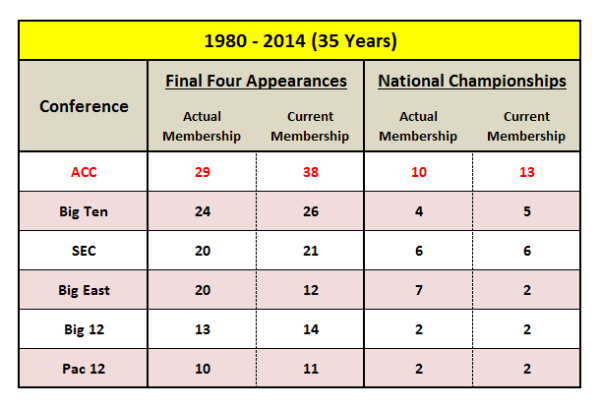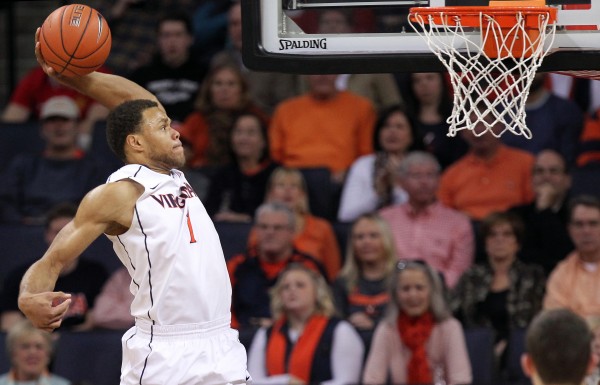ACC Preview: Boston College’s Burning Question
Posted by Matt Patton on October 22nd, 2015This team preview is part of the RTC ACC microsite’s preseason coverage.
Burning Question: How can Jim Christian mitigate the loss of Olivier Hanlan?
We thought this question might come up 12 months ago, but Hanlan ended up staying the extra year. In a strange way, head coach Jim Christian might have been better off trying to adjust to life without Hanlan last year. Instead, he faces his second straight season of losing his best players. Last year Boston College lost Ryan Anderson, Joe Rahon and Lonnie Jackson, but the cumulative loss is probably more severe this season. Gone are four of five starters: Hanlan, Aaron Brown, Patrick Heckmann and Dmitri Batten, a quartet that combined to score over 76 percent of the Eagles’ points a season ago. And there’s more — fan favorite Eddie Odio graduated, and oft-injured Will McGarity transferred to Davidson.
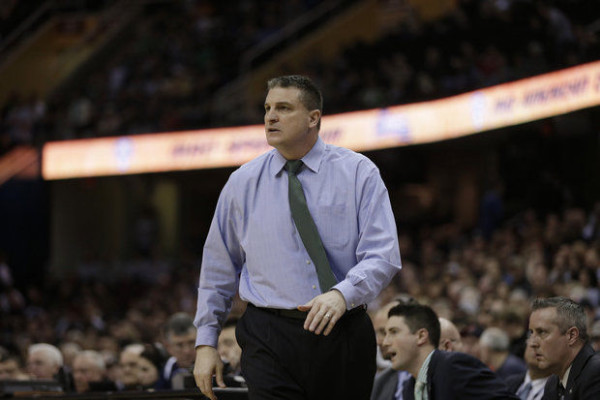
Jim Christian will need a lot of patience this season, especially during ACC play. (credit: AP)
The only returning starter is Dennis Clifford, who has rarely managed a heavy minute-load as a result of nagging injuries. Clifford showed flashes of promise — especially early in his career — but those injuries, a lack of lateral quickness and turnover issues have always prevented him from developing into a major contributor. That said, the senior has flashed offensive promise ever since his freshman season. Some of the disappointment of the past couple of campaigns could be a function of injuries never allowing him play at 100 percent, but projecting a fourth-year player to make a major leap is a stretch, regardless of circumstance.





























